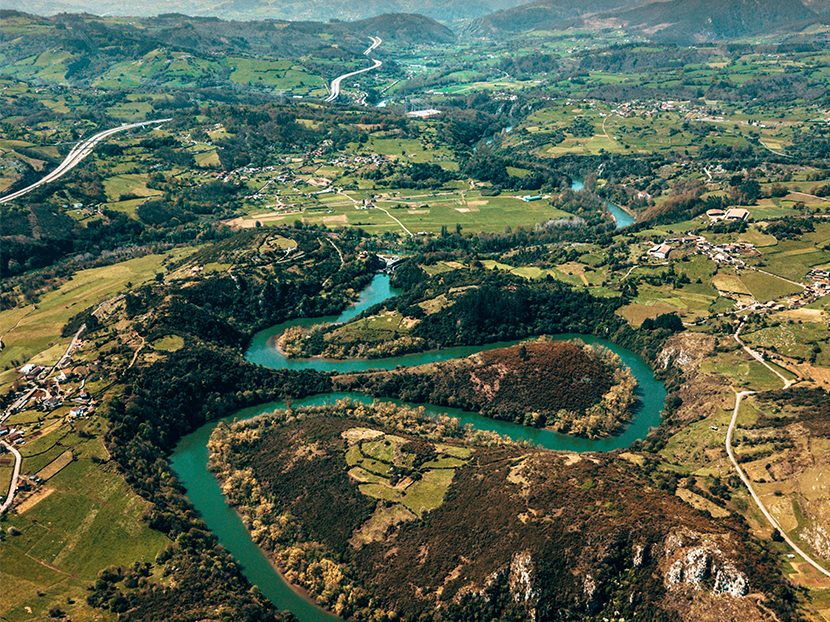Digital Exclusive: Win-Win Solutions for People and Nature

In many camps, the philosophy around infrastructure development has changed. How we conceive of the built environment is increasingly taking into consideration the natural environment for more holistic, sustainable, long-term solutions.
One area that’s particularly exciting is how we can design new water infrastructure that not only meets the needs of society, but also enhances nature. By incorporating vegetation, soils and natural processes into our engineering solutions, formerly gray infrastructure approaches are turning green. This green infrastructure (GI) approach helps connect human activities to ecosystem services — such as water availability, flood mitigation and erosion control — that support our lives.
In a new guide prepared for the United States Agency for International Development (USAID), we summarize a wide range of GI applications and their benefits, offering an expanded scope in terms of application and scale. From site specific technologies such as rain gardens and green roofs, to regional planning and engineering strategies that target conservation of natural landscapes and watersheds, GI can fit a variety of settings and needs.
This blog originally appeared on www.aecom.com. Follow this link to continue reading.




